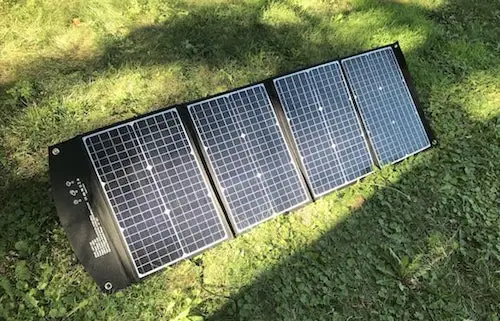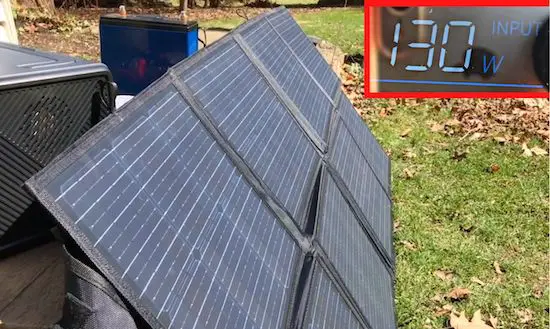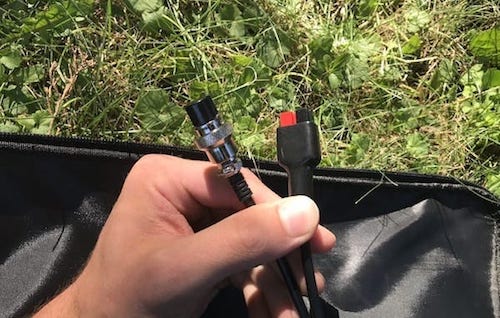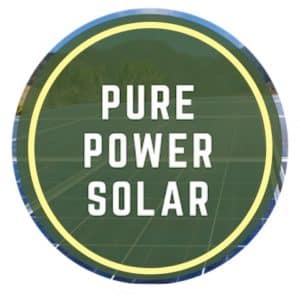With the increasing demand for solar energy, there are many newbies attracted to this technology for different reasons.
However, some people dive right into product purchasing, panel design, and cost calculations before they can understand the basics of solar energy and end up making some costly mistakes.
In addition to the conventional roof-top solar panels, you can also buy portable solar panels that you can carry with you anywhere you go and generate energy for your portable devices like phones, fridges, laptops, in-car appliances, and much more.
In this article, we will look at some of the most common mistakes newbies make when using solar panels.
1. Not obtaining the right sized system

Some people who want to use solar energy make the mistake of not thoroughly researching and analyzing their power requirements.
By failing to do this, they end up with systems that don’t match their requirements. You must assess your performance estimate before you invest in any solar panels. Also, you must take into consideration other factors like property features and your budget.
Other factors like renovations versus buying a new system might also be relevant. If you are not aware of what you need, you might end up buying a system that is too small or too big for your requirements.
2. Thinking a cheap system will perform as good as a premium system

With the proliferation of solar panels across the globe, it is easy to think that all solar companies are the same and that it’s smartest to go with the cheapest system you come across.
If you choose to go with the most competitive quote you can get, you might run into more significant problems later on. And typically, these very same systems come with little to no after-sales support.
In most cases, cheap solar systems are more expensive in the long run than paying for a premium system in the first place. With affordable solar panels, you often get what you pay for – the low quality or poorly installed panels, a system that doesn’t deliver, faulty inverters, and terrible or no after-sales customer support or service.
While a premium solution might seem like a substantial investment at the start, it will pay benefits in considerable energy savings, ongoing after-sale support, and long-term performance.
3. Selecting solar generation capacity at random

While you can cover the entire rooftop with panels to maximize generation, in most cases, this strategy is not always cost-effective.
If you consume the electricity output of a solar array, you will be saving the full amount of each kilowatt-hour. On the contrary, if you export the output, you only get a feed-in tariff that is up to four times lower than the kWh price.
Consider this scenario of the solar energy output of 1,000 kWh per month on a property where the consumer is paying 38 cents/kWh but only gets to save 11 cents/kWh for exports. At the end of the month, they save $350 by consuming the 1,000 kWh but only get $110 if they export them.
Making the solar array twice as large does not necessarily mean that you double your savings. Solar generation is less valuable when you export it rather than consume it, as you see in the explanation above.
Oversized arrays have a lot of surplus production. What this means is that your solar system provider should optimize the solar capacity according to your needs.
The approach is different if you consider using batteries for the solar array. Given the fact that batteries can hold electricity for later use, you can manage to use a large array and still consume its full output.
4. Not Understanding the Warranty Conditions

When you decide to go for solar energy, ensure that you read any warranty conditions and ensure that you fully understand your entitlements. The solar solution should at least have four warranties with varying lengths and coverage:
- Installation Warranty: this covers the workmanship of how your solar energy system will be installed on your property. This is offered to you by the solar energy provider. This warranty varies greatly from provider to provider but generally varies between 2 and 5 years. A longer installation warranty period ensures the solar provider’s confidence in their installers.
- The Inverter Warranty: This is the most important warranty. The inverter is what converts solar energy into ready-to-use electricity, and it works all day every day at very high voltage. Inverters have a manufacturer’s warranty of 5 years for standard inverters and 10 years and above for the more premium inverters.
- The solar panel materials and workmanship warranty: this covers poor materials and workforce in the manufacture of the panel itself. This warranty is passed directly from the solar panel manufacturer to the consumer. These warranties vary between 5 and 10 years.
- Solar panel performance warranty: this warranty protects the panel’s performance. Generally, the warranty covers over 25 years. This type of warranty is provided by the solar panel manufacturer.
It is important that you fully understand what you are entitled to and what the manufacturer or seller’s responsibilities are. Check how the company plans to help you with any warranty claims, and if they will handle disputes with the manufacturer on your behalf.
5. Poor Condition of the Wire and Connectors

Another mistake is assuming that since your panel will last 20 to 30 years with only a 20 percent drop in output, the wire and the connectors used in attaching it to the electrical circuit share that superiority longevity.
It is a fact that the photovoltaic interconnection cable is designed to be weather and UV-resistant. Most plastics used today have superior abrasion resistance, and it is common to see exposed cables run hundreds of feet with minimal performance depreciation due to weather or sun.
This is great, but wait until the rodents run into the cable. They will chew on it, and this shortens the life of the cable.
The other challenge comes with the cable ends and connectors. This is mainly a result of the installer rather than the cable design. What happens is in long applications, or any use without the MC4 connector, the field technician tends to over-strip the wire insulation and also to use connectors of low quality.
This lead to brittle and weak wire connectors and a heavily oxidized and brittle connector. This will lead to a failure of the system within a few years of use and, in most cases, the user blames the design of the panel itself.
Conclusion
Shopping for a new solar energy system should not be time-consuming, frustrating, or confusing. There are several companies out there that offer systems for low prices, misleading buyers into signing up for a deal that will fail too soon and cost them huge amounts in the long run.
By staying vigilant, asking the right questions, and maintaining your goal in mind, you can easily navigate through the search and find the best solar panel.
Ensure that your system is well supported by having it regularly checked to avoid any weak points that will cause it to malfunction.
